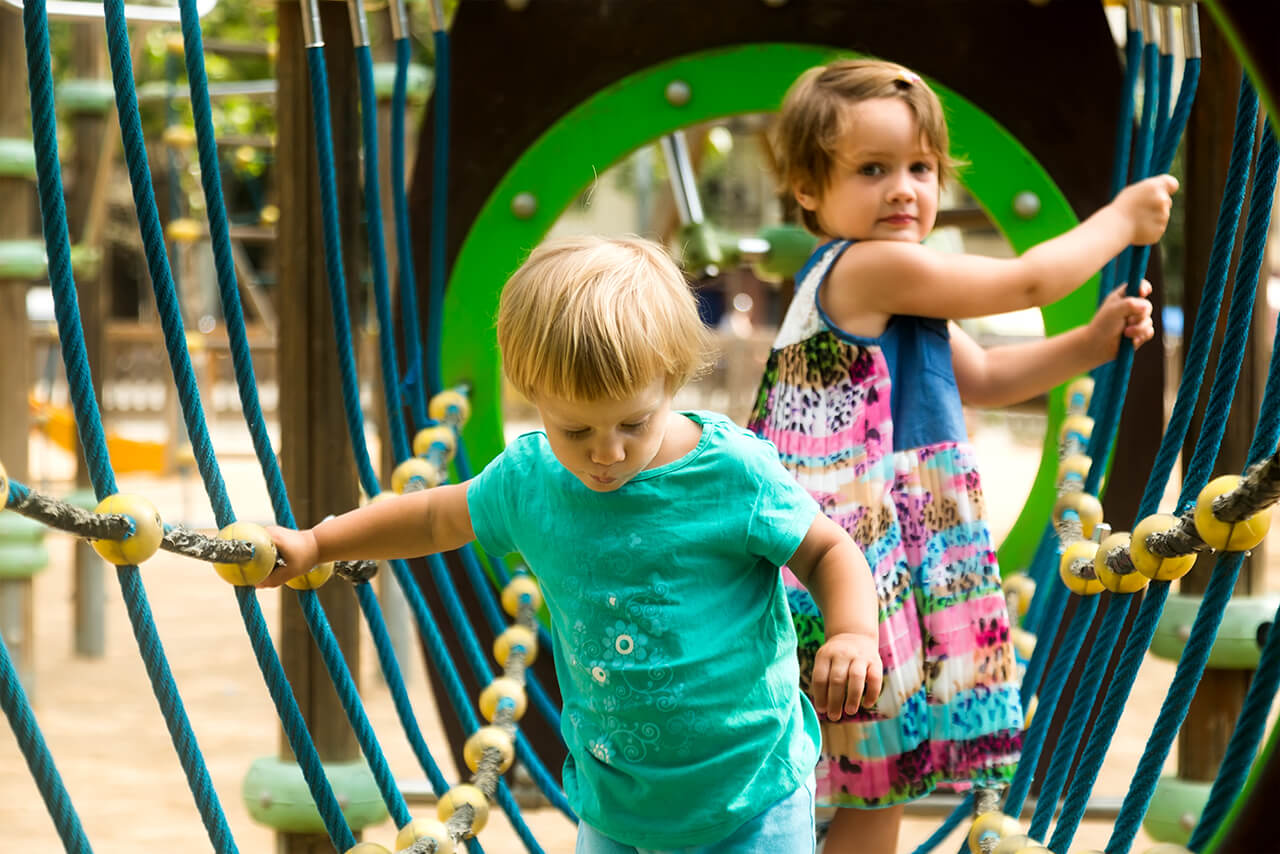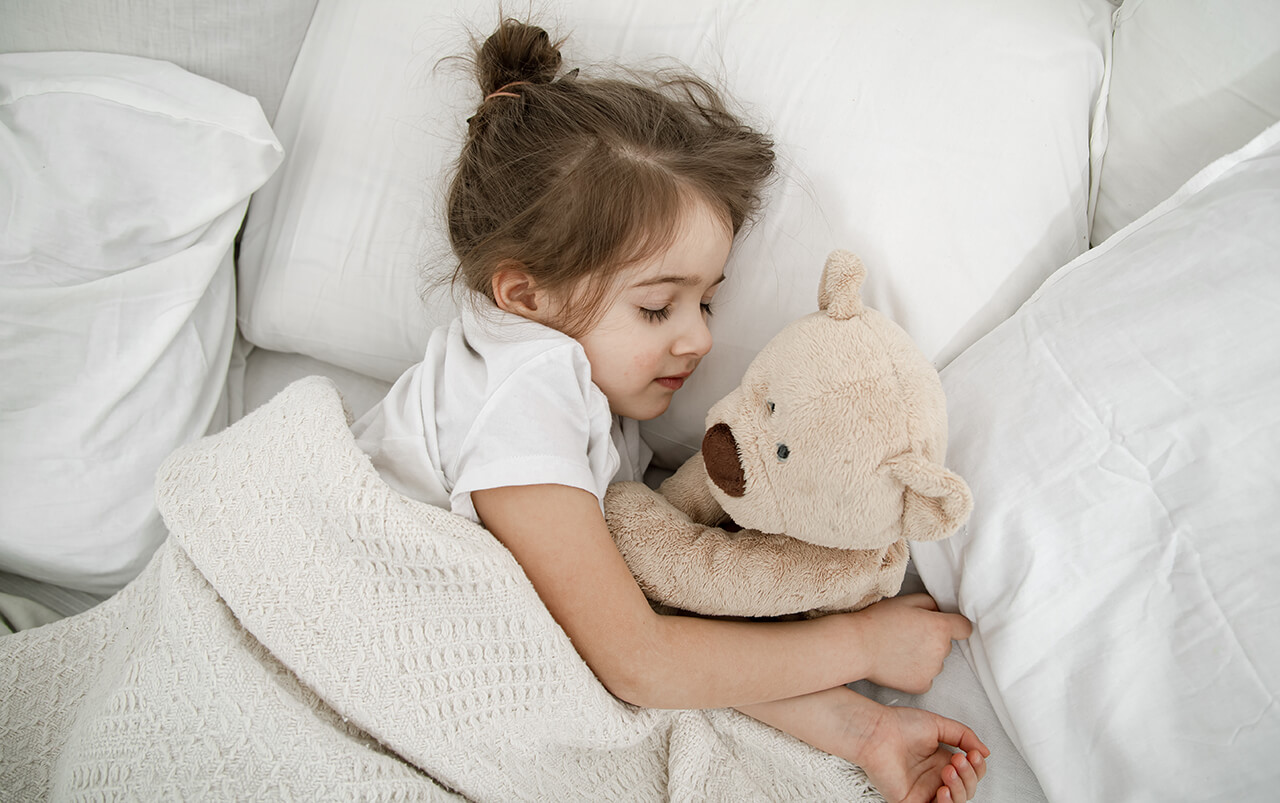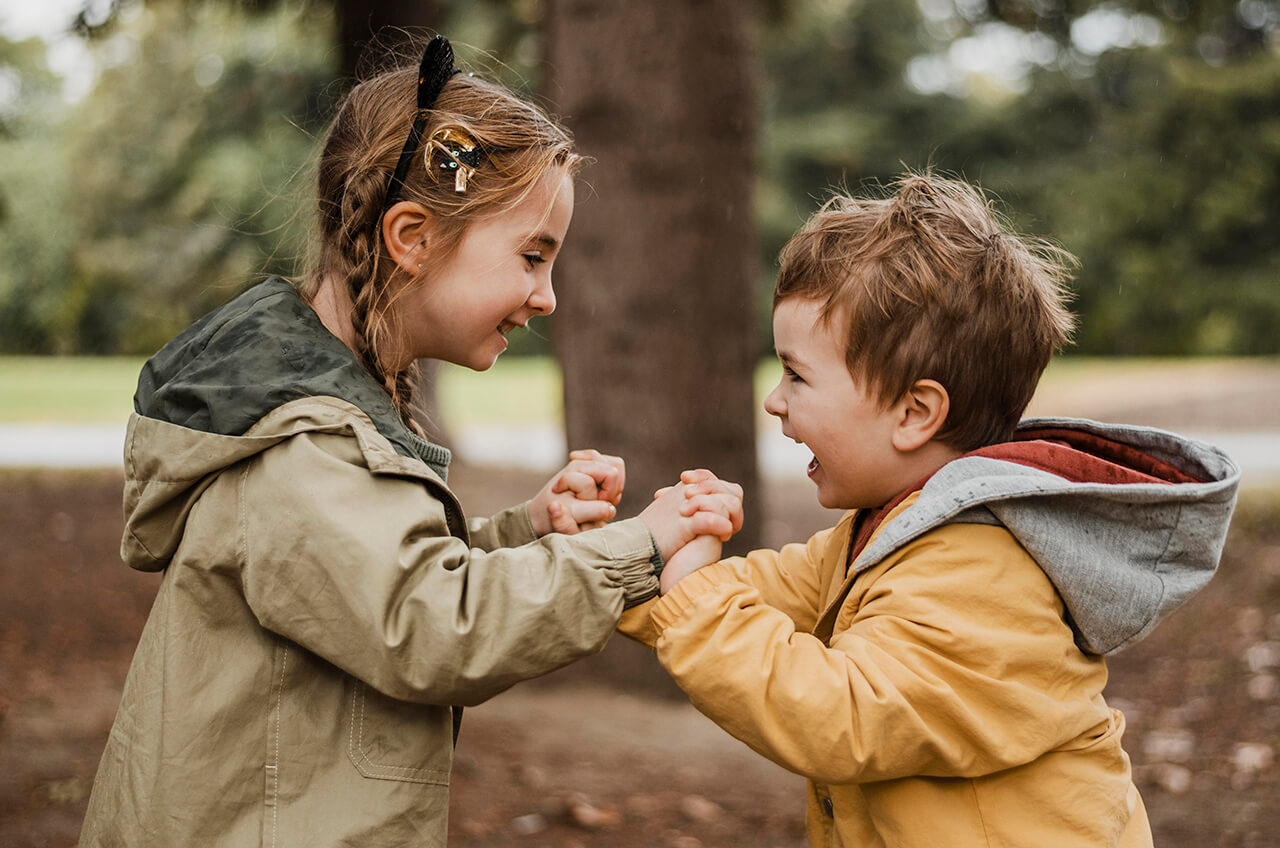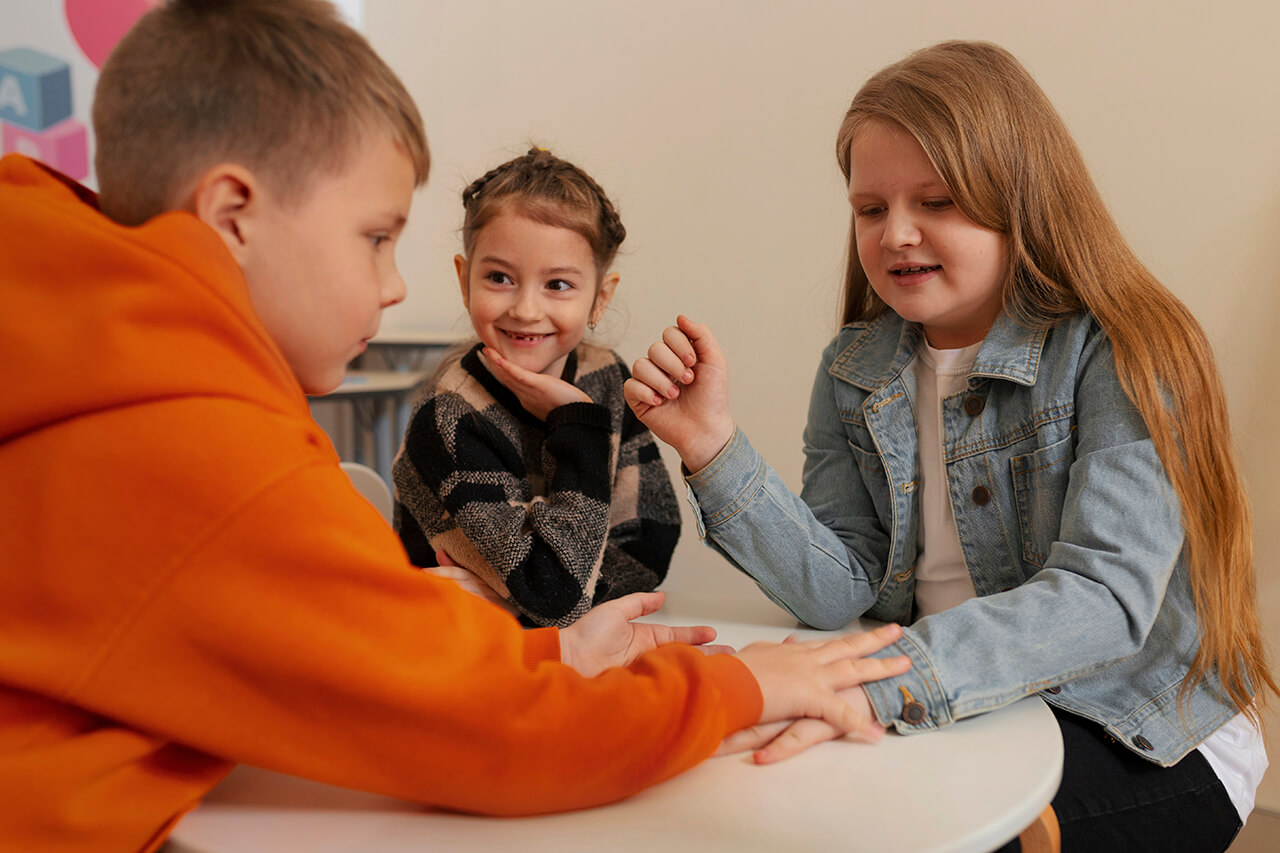Kindergarten/ school/ sports section
Basic recommendations for children from 4 years old
 The ability to adapt to new conditions is one of the most important skills of a modern person.
The ability to adapt to new conditions is one of the most important skills of a modern person.
For children, as for adults, tolerance for uncertainty is important. The higher this tolerance is, the easier it will be for the child in a changing (and it doesn’t matter in which direction) world.
What depends on the speed (faster/ longer) of adaptation and how to help the child go through it as organically and calmly as possible?
It will be about adaptation in a new team (kindergarten/ school/ camp).
Of course, the age of the child (HIS OR HER EXPERIENCE) affects this process.
What is adaptation and how to support a child in this process.
Adaptation – is getting used to and adjusting to a new environment or new conditions. Specifically in our case it is getting used to a new educational/developmental institution, rules, regime, people.
It is important to remember that adaptation is a process and quite an energy-consuming process. Because any change in life creates a NEW SITUATION to which somehow (due to the formation of new neural connections) the brain must respond. And the formation of these neural connections depends on the individual characteristics of a person. Some people need more time, others less.
Based on this, adaptation can be conditionally divided into three levels:
▶ Easy level (getting used to new “circumstances” lasts up to 4-5 weeks).
▶ Medium level (getting used to the new “circumstances” lasts up to 8-10 weeks)
▶ Heavy level (the adaptation period lasts up to 6 months)
❗️ACCOMPANYING (possible) SIGNS OF ADAPTATION:
● sleep disturbance;
● crankiness/ irritability;
● indifference/ apathy (uncharacteristic of the child);
● excessive excitability (uncharacteristic of the child);
● aggressiveness to other children/parents;
● tearfulness;
● decreased appetite;
● increased susceptibility to infectious diseases.
These signs (not all at once) can occur both at a mild level of adaptation and at a severe level (and here they can all appear).
WHAT CAN PARENTS DO TO MAKE THE ADAPTATION PROCESS EASIER FOR THEIR CHILD?
LAY DOWN TIME FOR ADAPTATION
That is, do not panic, treat as a process and give time to the child (do not press and do not compare with others).
Remember, the child is forming new neural connections.
MODE/ ROUTINE
If a child is going to a new educational/ developmental institution for the first time, I would recommend 5 weeks in advance to start reorganizing the child’s routine. Rises, activity, passivity, meals (for those going to daycare, you can start preparing something that will be in the daycare diet so the new food isn’t intimidating).
If you come back after a break, then start to reorganize the regime for 2-1,5 weeks, but not with the words “oh, you will soon be in kindergarten/ school and need to restore the regime, and that will be difficult”, and gradually (gently) and as if not linking it with the upcoming going to the garden/ school.
Phrases: “sleep-sleep on vacation, get enough sleep, because soon school and there will be no time to sleep” give a negative connotation to the educational institution. Therefore, it is better to avoid them.
In general, a constant, clear and precise regime greatly helps the nervous system of the child (and parents).

GETTING TO KNOW THE NEW PLACE/ PEOPLE
Go on a field trip (if possible one or more times) to a new place (kindergarten/ school). Get to know the teacher, the classroom (I mean the room), the common areas, the play areas, the outdoor playground.
If the child will feel more or less relaxed, you can take pictures/ video and review at home discussing what he/she remembered/ liked.
When getting to know the tutor/ teacher, you can give something to the teacher that he/she can give to the child as if from himself/ herself (a bookmark or a candy, for example). The younger the child, the more important is the contact with an adult. It is important that a trusting contact is formed and that the teacher is involved.
Pay attention to your feelings when communicating with the educator/teacher. This person will be a significant adult for your child for a while. Is this the kind of significant adult you see around you?

STORYTELLING
Children (starting with older preschoolers) love it when parents tell them about themselves when they were their age.
So talk about and show pictures of themselves from kindergarten/ first school lineup/ new class.
Talk about how you felt and what helped/ liked/ supported you during that time period.
SPECIAL THERAPEUTIC STORIES
There are many special therapeutic and emotionally preparing fairy tales/ stories for the child.
It is important to read them together, to take them apart and “take” something valuable (some skill that the main character learned or knowledge he/ she gained at the end of the story) for themselves. Therapeutic fairy tales are written in such a way that the child can unconsciously associate himself with the main character, and as a consequence, live and learn from his experience, getting rid (ideally) of worries/ fears.

DEVELOPMENT OF SOCIAL/COMMUNICATION SKILLS
A child who knows how to play, meet, listen, share/ quietly ask for toys will adapt more easily.
Teach your child (through play, experience) how to behave in different situations. In the profile there is a separate post about friendship “How to teach a child to be friends”, there is a lot of useful information and recommendations.
Teach your child (through games and experience) how to behave in different situations. It is important to teach your child to be friends.
How to teach a child to make acquaintances and feel “at ease” when meeting them? You can try the game “fairy-tale characters getting to know each other.”
That is, choose DIFFERENT FAIRY-TALE HEROES (from different fairy tales, with different characters) and try to introduce them to each other.
Also, it is important to draw the child’s attention to the fact that all the children are different (some are fast, some are quiet, some like “honey” and some like “carrots”) and this is normal. Create controversial and even conflict situations between the characters and learn to solve them together (role play).
SUCCESSFUL SEPARATION EXPERIENCES
It is very important that the child does not have a trauma/ fixation on the fear of separation.
Teach the child to let go of mom/dad and most importantly, for the child to understand that mom/ dad will ALWAYS come back for them.
Children 6+ years old tolerate separation from their parents much better than 2-3 year olds. And this happens thanks to experience and understanding (the child remembers where mom/ dad is and remembers that they will come back and take him away, as always), THAT MOM/ DAD WILL ALWAYS RETURN FOR ME.
A CALM ATMOSPHERE AT HOME
Home is the place where I “charge” and not discharge.
It is important that the child can relax at home and not experience stress/anxiety.
Try to maintain a favorable atmosphere of acceptance and understanding, despite the accompanying signs of adaptation (moody, aggressiveness, sleep disturbance, excitability, increased appetite or lack thereof…).
1. SELF-CARE SKILLS
The more a child can do, the easier it is for him/her to do without mom/ dad, and as a consequence the child experiences less stress.
In general, ideally, you can follow the rule: everything that a child knows and can do on his own, let him do it himself (and of course, you teach him this). Remember the zone of proximal development? This is when “oneself” is born from “together”. And it is important to allow this “itself” to manifest itself, taking (roughly speaking) a step back.
2. KEEP THE RITUALS/ TRADITIONS YOU’RE ACCUSTOMED TO
Adaptation is stressful. Traditions and rituals are anchors that provide a foothold and are associated with safety. Even habits that are not the most helpful, such as sucking your finger (in the case of young children) are a kind of anchor for the child. Don’t change habits/traditions/rituals AT THE TIME OF ADAPTATION. Do it either “before” or already “after” the process is completed.
Based on these (basic) recommendations, we can say that in order for the child’s adaptation to be easy, parents need to PREPARE the ground for this.
